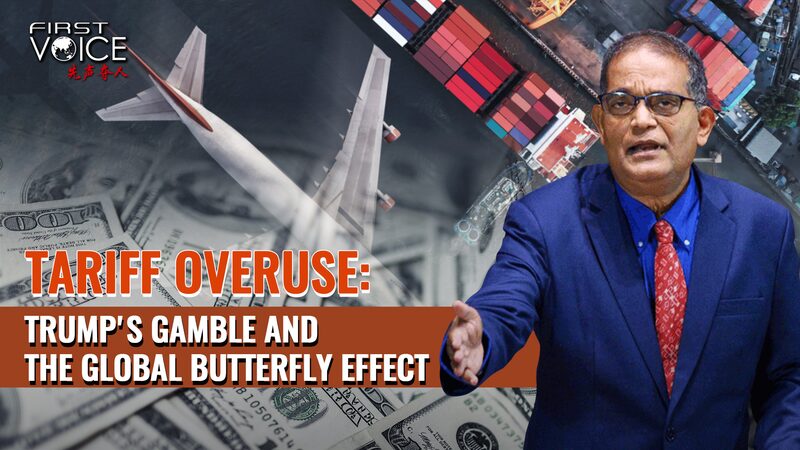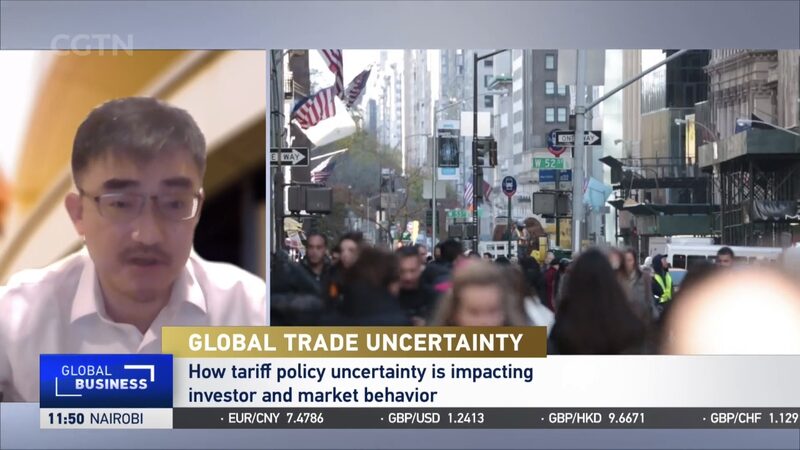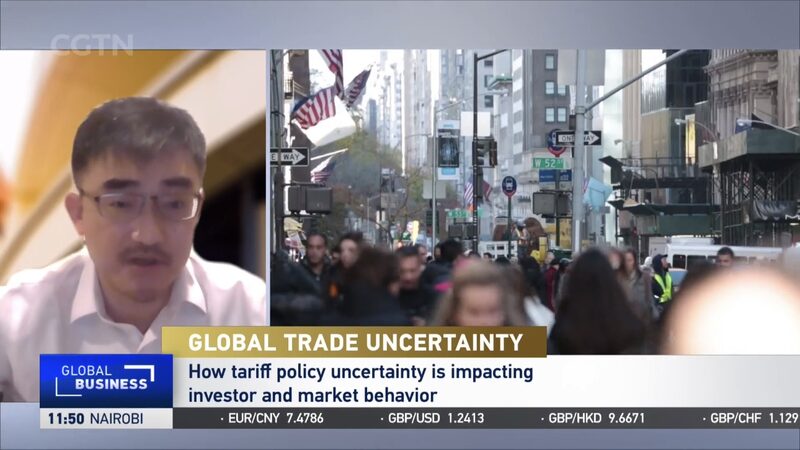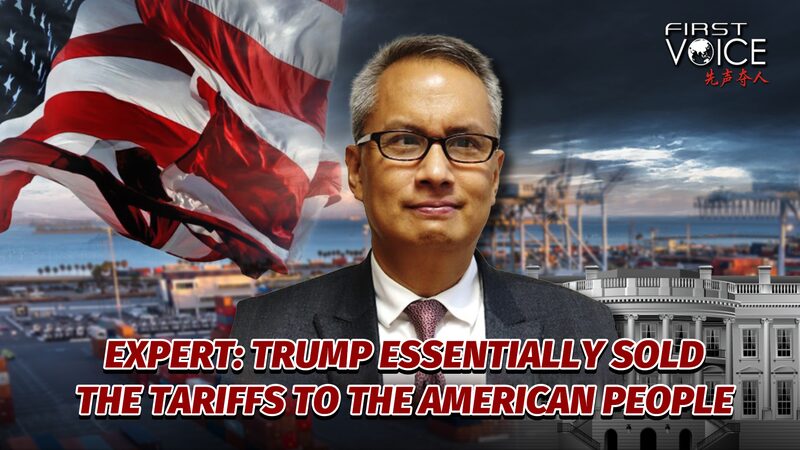The United States has reignited its tariff policy by imposing new tariffs on Canada, Mexico, and China. This strategic move is aimed at reducing the US trade deficit with these nations and boosting fiscal revenue. Additionally, tariffs can serve as a powerful bargaining chip in international negotiations, potentially giving Washington more leverage in trade agreements.
However, the long-term implications of such measures raise significant concerns. By escalating trade tensions, the US risks creating friction in the global market, which can lead to disrupted supply chains and increased costs for businesses and consumers alike. The interconnected nature of today’s global economy means that retaliatory tariffs from affected countries could further exacerbate these issues, leading to a cycle of protectionism that benefits no party.
Experts warn that while the immediate goals of reducing trade deficits and increasing revenue might appear advantageous, the broader consequences could undermine economic stability and international cooperation. In a highly interdependent world, trade wars can have far-reaching effects, making it imperative for policymakers to weigh the potential benefits against the inevitable disruptions that follow.
Reference(s):
cgtn.com




